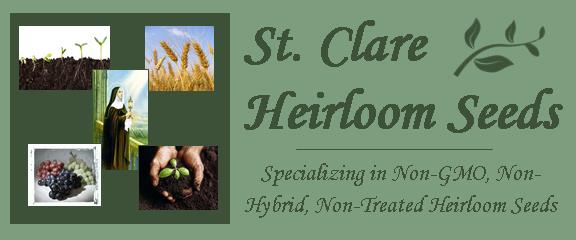Heirloom plant disease has been defined as a disruption in the plants ability to function as a result of continuous irritation. If you have allergy’s you have a really good idea what continuous irritation means. Diseases are caused by three types of agents: Bacteria, Fungi, and Viruses.
Bacteria: Bacteria are microscopic organisms that can be either beneficial or non beneficial. Some of the more common bacterial organisms are: Fire Blight, Leaf Blight, Crown Gall, Bacterial Canker and Soft Rot. Bacteria enter a vegetable plant through wounds or natural openings.
Fungi: Fungal diseases, commonly called molds, are the easiest the control. Some of the more common molds are the: Powdery Mildews, Downy Mildews, Rusts, Early Blight, Late Blight, Butrytis or Grey Molds, Clubroot, Fusarium and Verticillium Wilt, Septoria Wilt, Septoria Leaf Spot and Damping Off. There spores can be found almost anywhere and can enter your vegetable plant through wounds or natural openings.
Viruses: Viruses are not as common as Bacterial and Fungal diseases but it is important to recognize the symptoms of a viral infection before it can spread from plant to plant. Viruses are spread from plant to plant contact or by insects injecting the virus. There are no cures for viruses and the infected vegetable plant needs to be removed so the virus doesn’t spread to other plants.
The first step in dealing with a plant disease is to identify the organism responsible. A plant disease may show itself in many ways. Swellings, stunting, wilting, deformed growth, galls, mildew and/or rust.
Listed below are some of the more common Heirloom Garden Diseases
|

